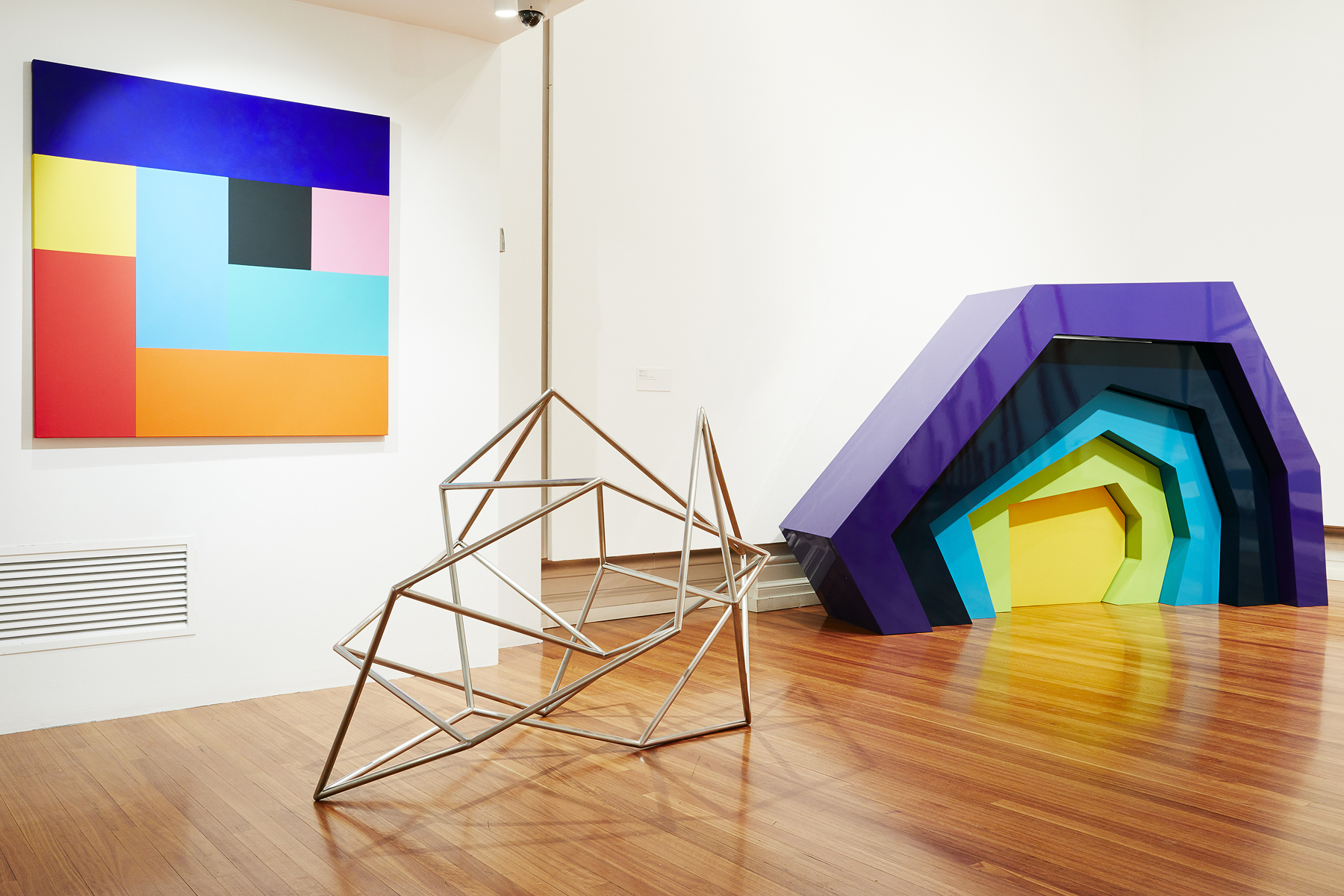Gentrification and local democracy in Europe: Q&A with Kristin Reichborn-Kjennerud
Kristin Reichborn-Kjennerud, visiting scholar to RMIT's Centre for Urban Research, discusses urban development and the need for social mobilisation to address challenges faced by city residents.
RMIT students design ACMI’s first ever line of merchandise
The Australian Centre for the Moving Image (ACMI) has launched a fresh line of merchandise locally designed and produced in collaboration with RMIT textile design students.
Spotlight on RMIT's practice-based research program in Europe
RMIT's practice-based PhD research program, which focuses on research in the medium of design practice itself, is in its tenth year of success in Europe.
RMIT takes centre stage at international technology and creativity conference
With expert presentations and a new summer school, RMIT is in the spotlight at Sónar+D, an international conference held in Barcelona where technology and creativity converge.






